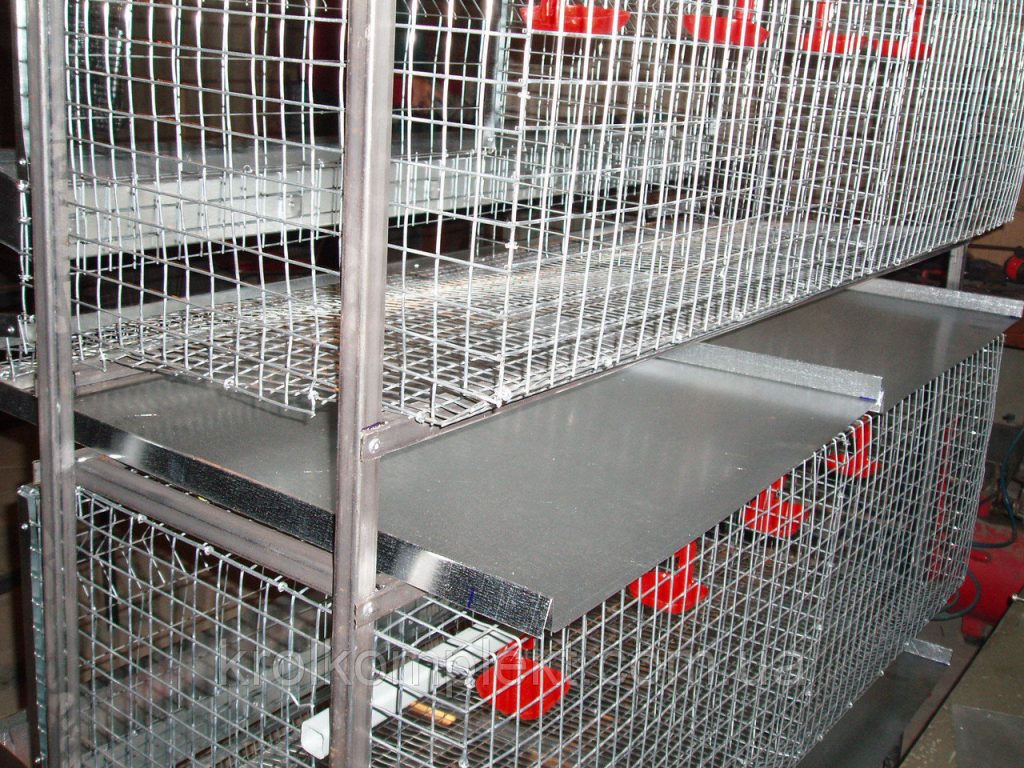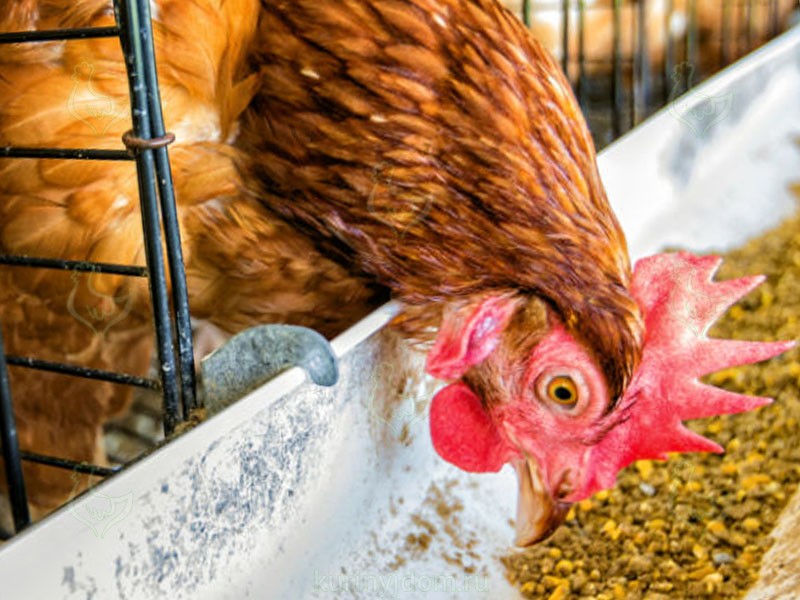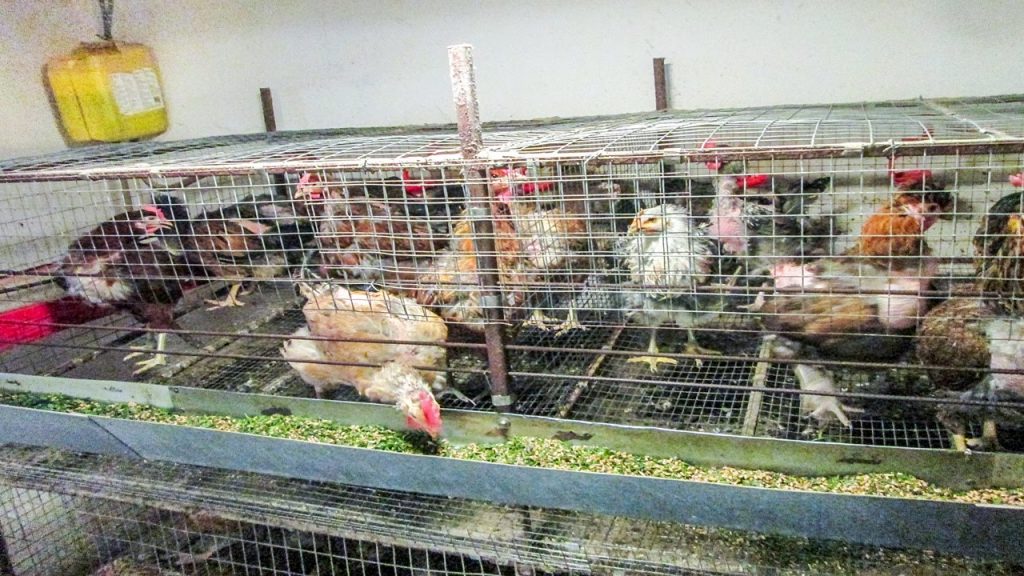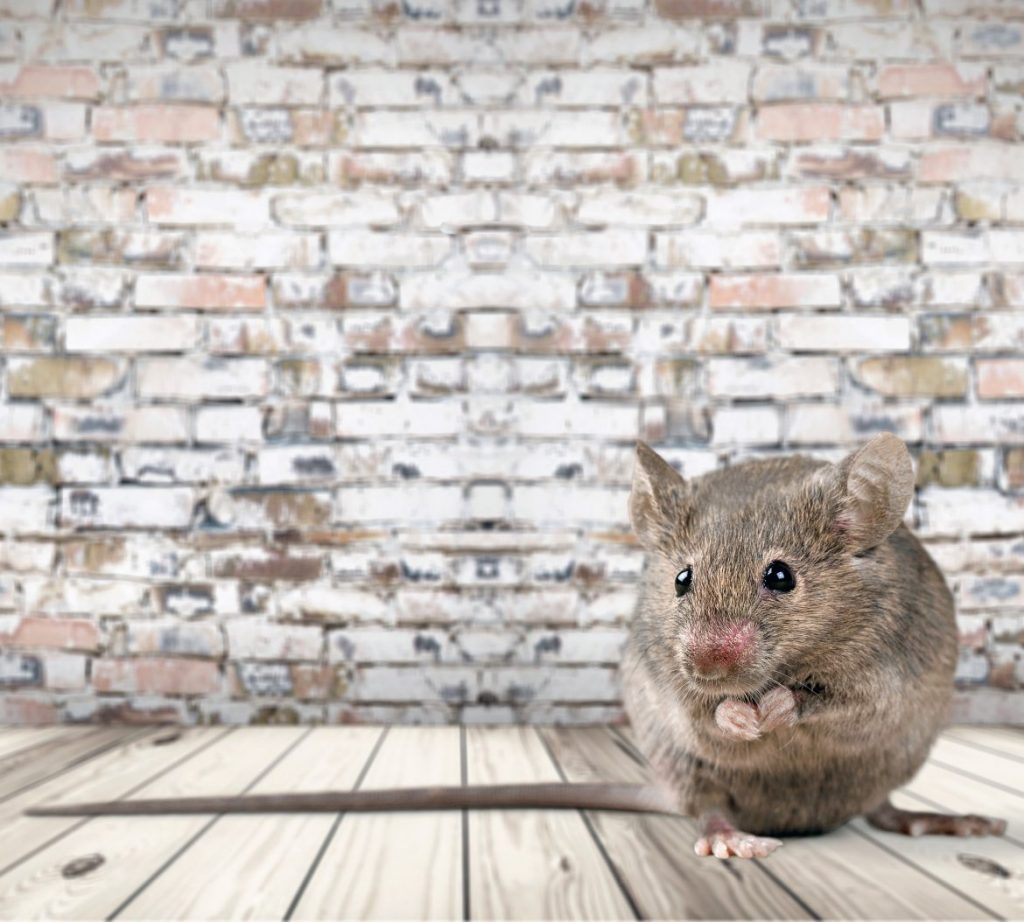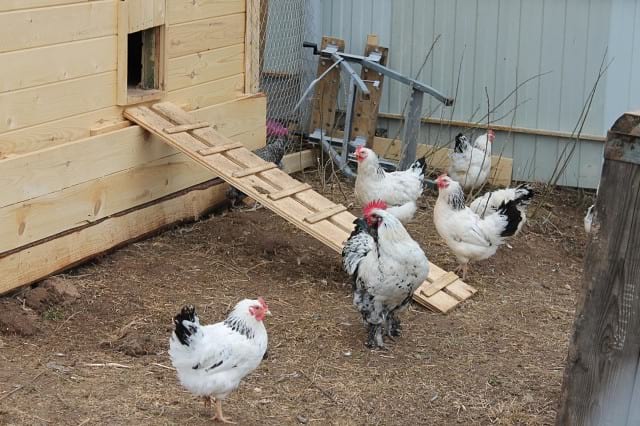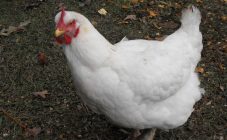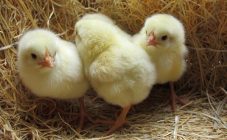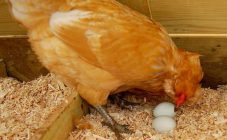Content:
Many people are currently engaged in breeding chickens in their summer cottages and garden plots. These animals are considered the only ones that will feel comfortable even in a small area. To contain them, it will be enough to make a cage. Experts recommend keeping only layers in such conditions, but certain problems may arise with broilers.
Care and maintenance
Breeding chickens is considered an easy and relatively profitable activity, especially since it does not require a lot of space. Increasingly, these animals are preferred to be kept in cages. Despite the fact that such content is considered one of the simplest and most affordable, it is still required to pay attention to the organization of comfortable conditions for the birds. Otherwise, the desired result will not be achieved.
In order for the animals to grow up and feel comfortable, the following recommendations must be followed:
- the room must be regularly ventilated;
- for the manufacture of a structure, you can use metal or wood;
- the room must be equipped with electric lighting, which works about 17 hours a day;
- chicken cages must be positioned so that the light is evenly distributed;
- the optimal temperature regime must be maintained, in the range from 20 to 25 degrees;
- and the air humidity in the room is maintained within the range of 50 to 70 degrees;
- special compartments should be equipped for collecting eggs;
- it is imperative to take care of equipping with a removable tray, a feeder and a drinker;
- the size of the chicken cage should be within 0.8 x 0.5 x 1.2 m.
If such an inexpensive option is chosen for maintenance, it should be remembered that adults must be kept separate from young animals and chicks. Designs for birds of different ages differ not only in size, but also in location.
Particular attention must be paid to how many individuals will be in one cage. Of course, everything will depend on its size. It is required to take into account that one adult needs an average of about 0.20 mm² of free space. It is on this basis that the number of birds for cohabitation is calculated.
Power features
If preference is given to cellular content, then special attention should be paid to animal nutrition. Since animals do not have the opportunity to independently obtain the necessary food for themselves, care should be taken to ensure that the birds receive special balanced food, as well as natural food.
It is very important to provide chickens with a balanced and proper nutrition in a cage environment. If the animal does not receive all the necessary substances, then this can lead to unforeseen consequences. Often because of this, the laying hens stop laying, it can also lead to the death of the animal.
Cleaning
When keeping hens in chicken cages at home, special attention is required to the cleaning process. After all, animals are constantly in a closed room and need to be kept clean. Chickens must have daily wet cleaning. To do this, just wipe the place of their content with a damp cloth. Drinking bowls and feeders must be cleaned after each meal, and the leftovers must be removed. As for the water, it is recommended to change it once a day. Dung is systematically removed from chickens, disinfection is carried out at least once a day.
It should be borne in mind that birds that are kept in captivity are more susceptible to various viruses and diseases, so they need to be vaccinated. This is especially true for young animals that are at risk.
DIY chicken cage
Keeping birds in cage conditions can significantly save space. Currently, cells for such purposes are:
- portable - such cages are also suitable for transporting chickens;
- stationary - used only indoors.
The main advantages of cage rearing are that large numbers of birds can be housed in a limited area. This, above all, saves space and lowers the cost of lighting and heating. Thanks to such structures, the process of care and cleaning is simplified, and the birds are always safe and reliably protected from the encroachments of dogs, rodents and wild animals.
You can build a shelter for birds with your own hands. They can be made from almost any available building material. Most often they are made from galvanized metal mesh, which is attached with a profile to a frame made of wood or metal.
Before you start building a chicken coop, you need to perform the appropriate calculations and draw up a schematic drawing. On one square meter, you can have an average of about 5-8 individuals. Moreover, each hen should have free access to food and water. That is why the optimal depth of the cage is considered to be about 60 cm, and the width is up to 120 cm. Too wide structures are not recommended to be made, as in this case the floors will bend. Therefore, the dimensions should be within the normal range, so the animals will feel comfortable.
The cage must be equipped with:
- drinker;
- feeder;
- tray for collecting eggs;
- tray for collecting droppings.
For flooring, it is best to use a thick mesh that is attached at an angle of about 10 degrees to the front wall. A galvanized litter tray is installed below the floor to simplify the cleaning process. An egg collection cell must be installed in front. Side walls are mainly made of OSB or plywood.
Recommendations of experienced poultry farmers
Despite the fact that many people find it simple to keep laying hens at home, the size of the cages, their equipment, as well as proper care of the animals play a huge role.
Experienced poultry farmers advise keeping birds in cage conditions only in winter, and in the warm season, be sure to let them go for a walk. In order for hens to give a lot of eggs, it is recommended to make a place for them only from high-quality building materials.
If you are a novice poultry farmer, it is better to limit yourself to a small chicken coop first. To do this, it will be enough to build just a few cells.
